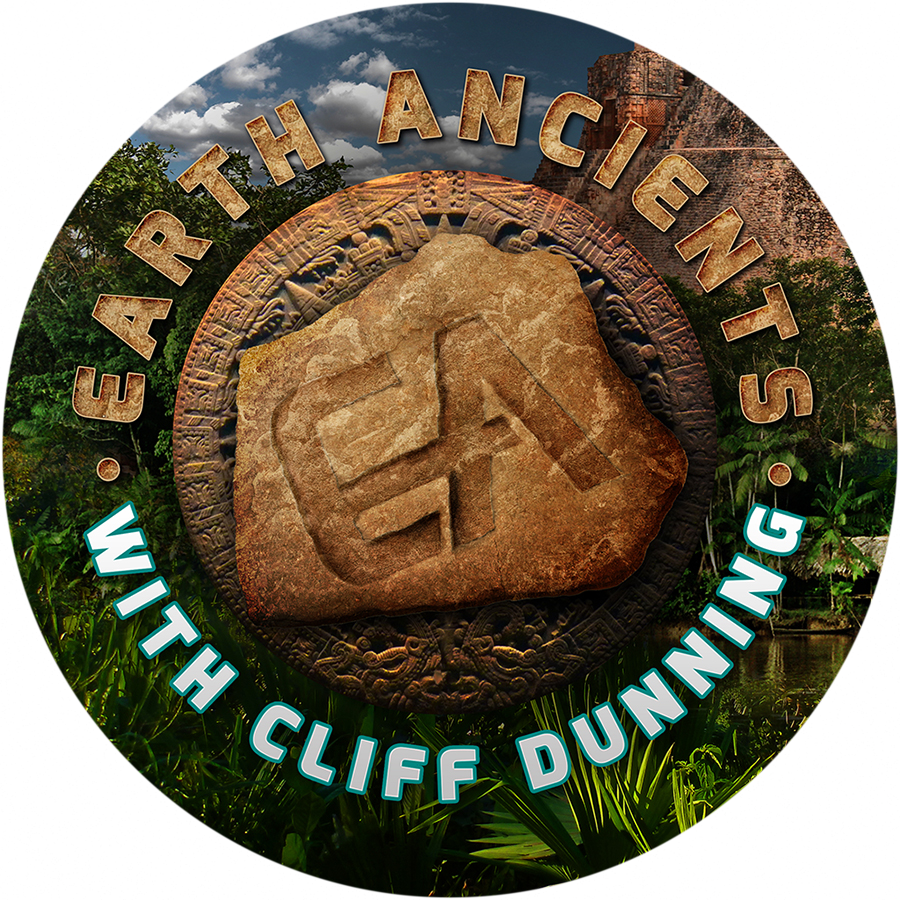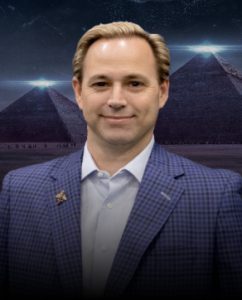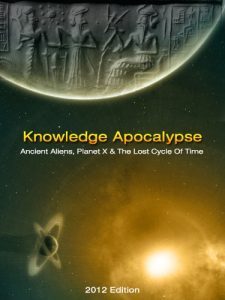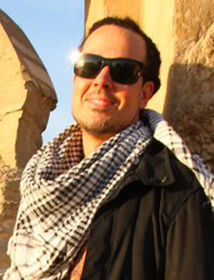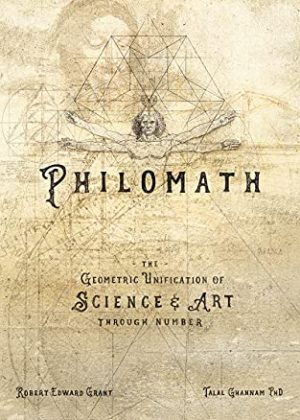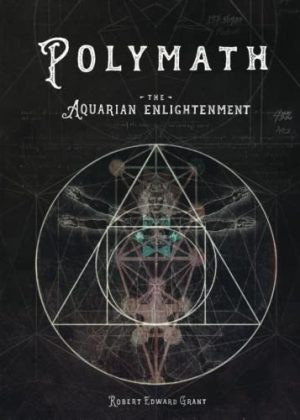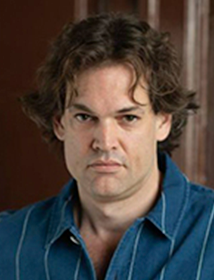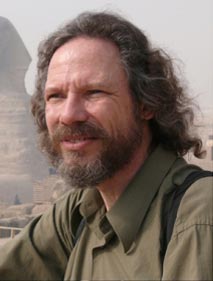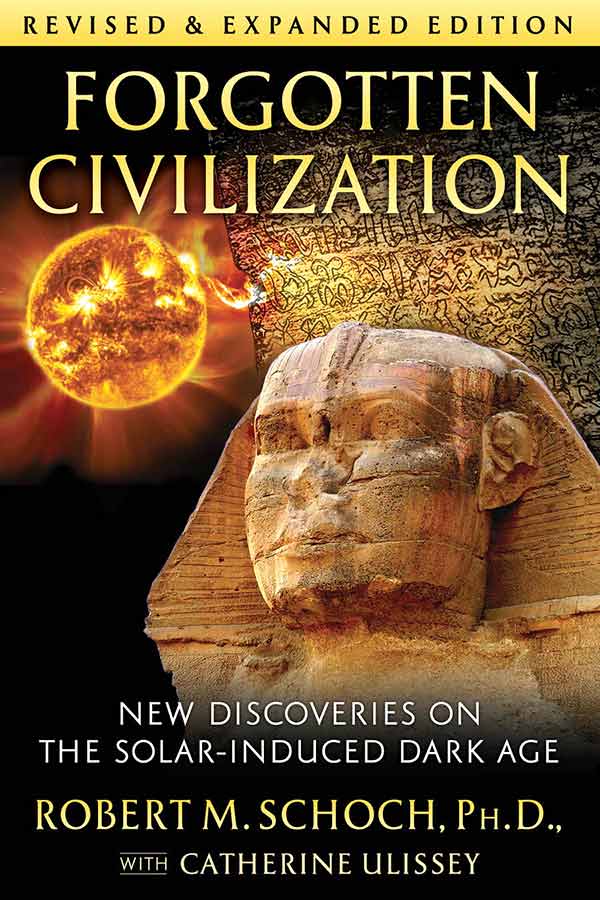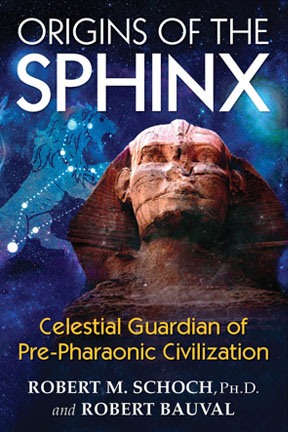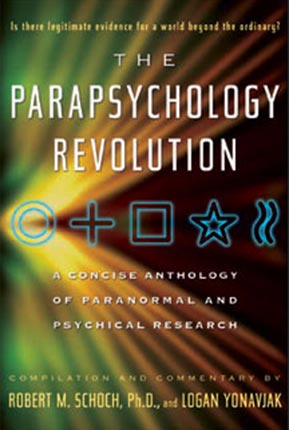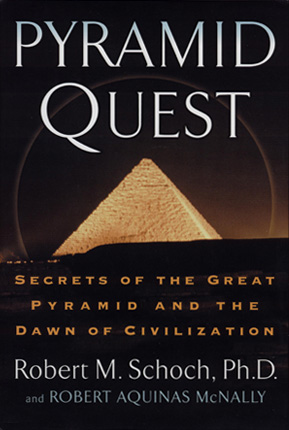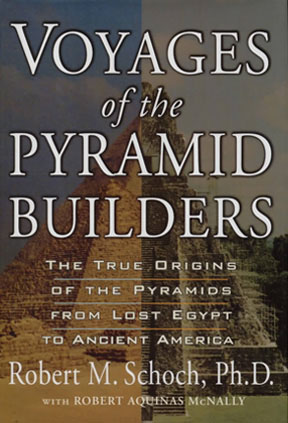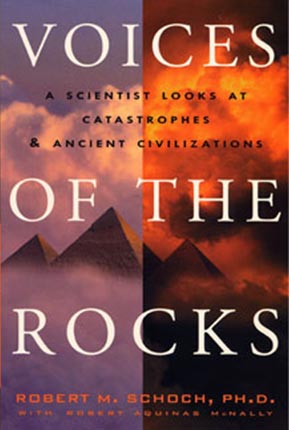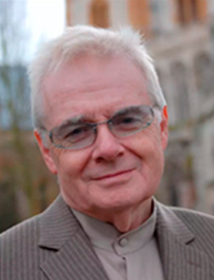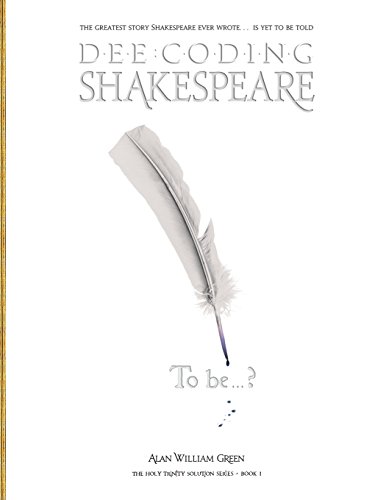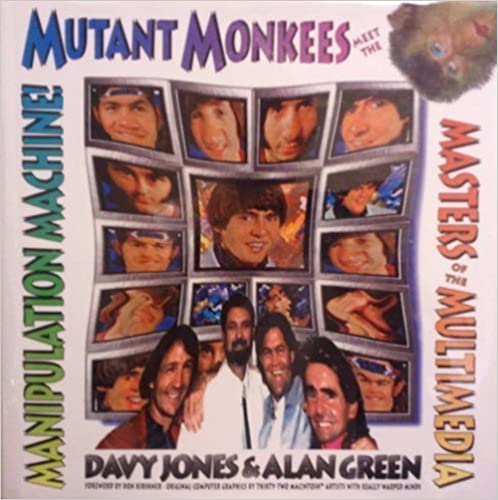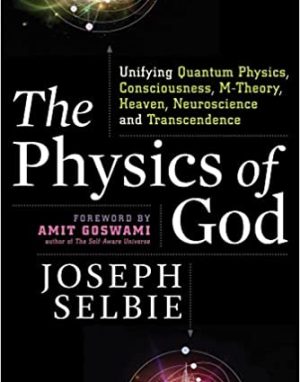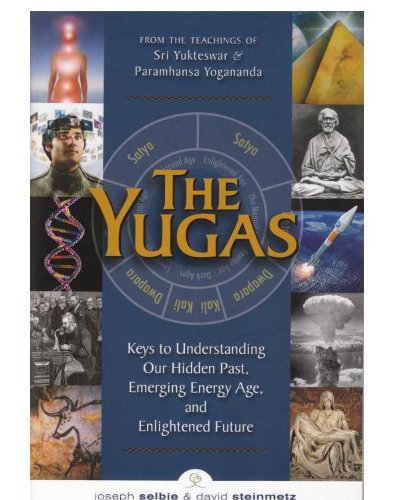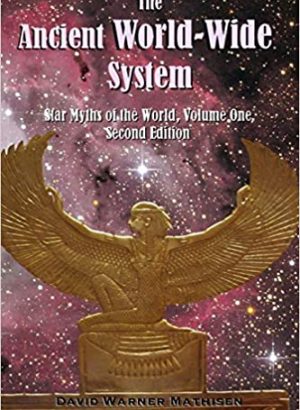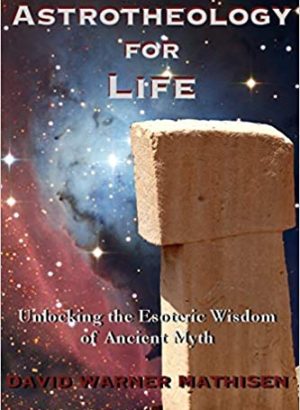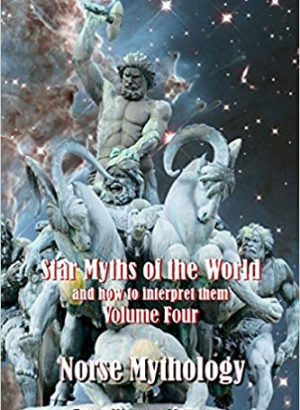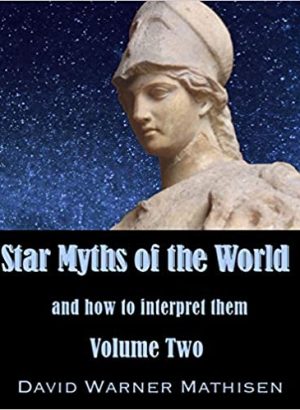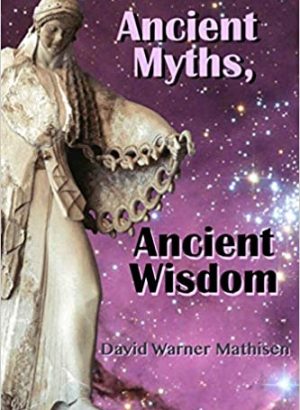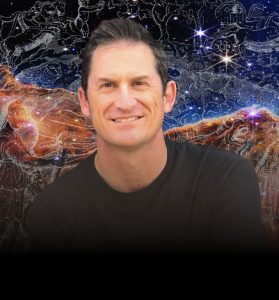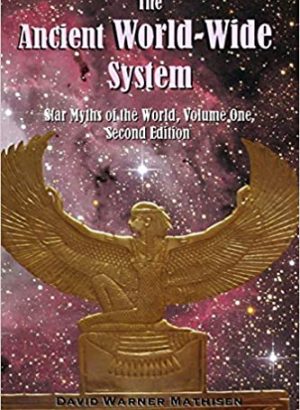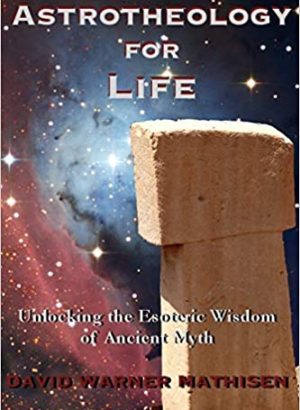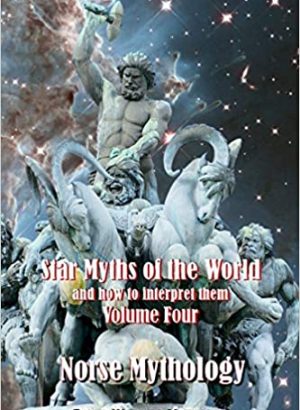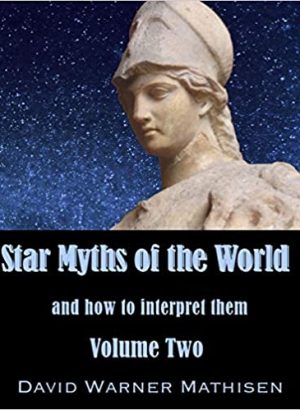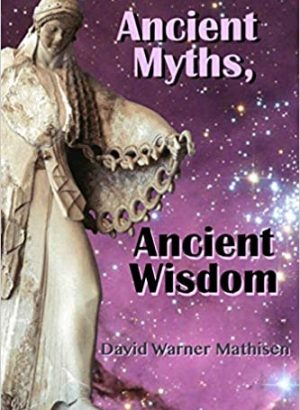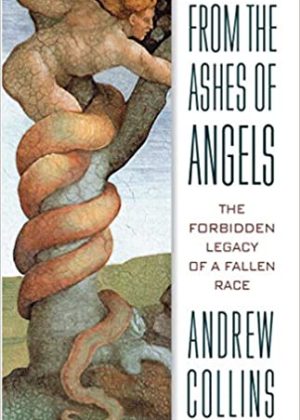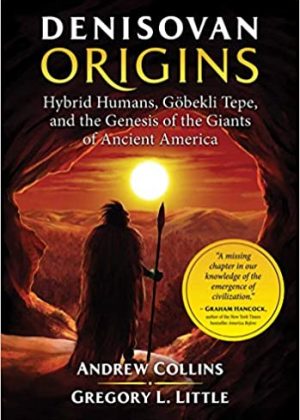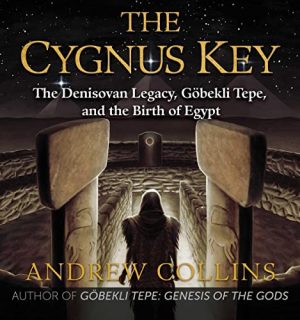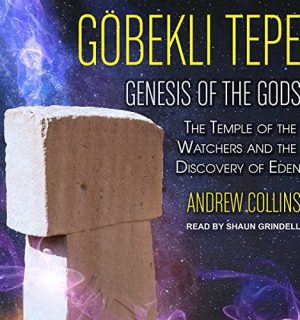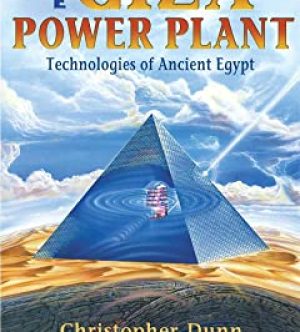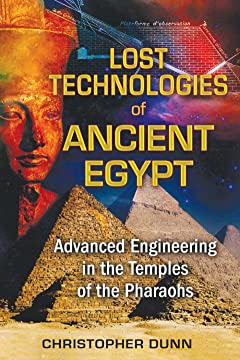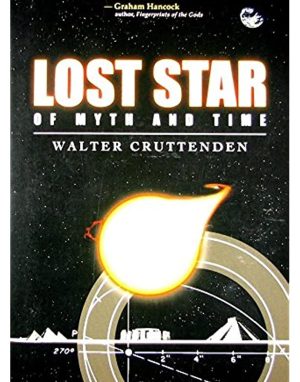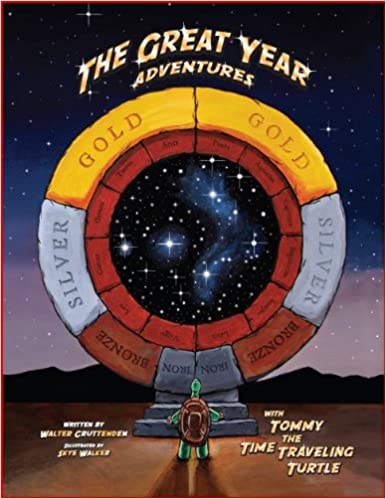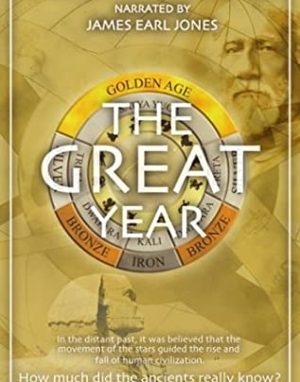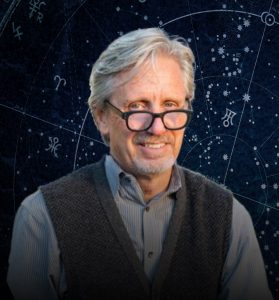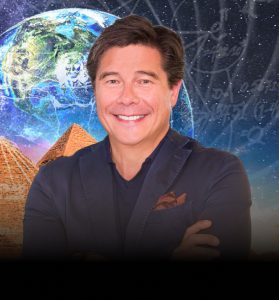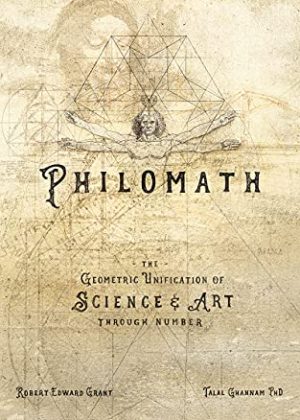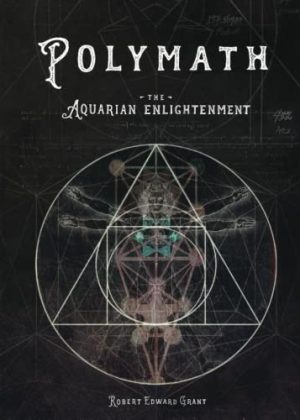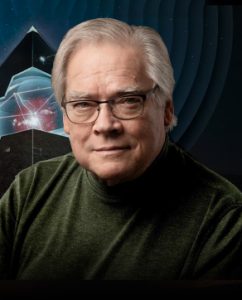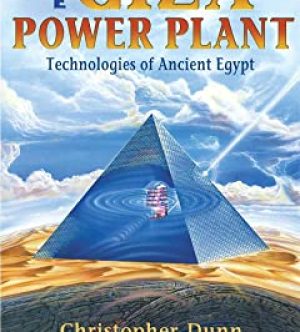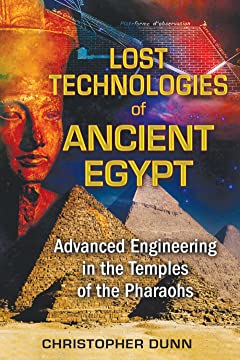ABOUT CPAK
The Conference on Precession and Ancient Knowledge was started by a handful of curious people wondering if our histories might be too simple and whether myth and folklore might contain deeper truths. At the first event, it was just a dozen of us getting together to share ideas and compare notes about certain ancient sites or mythological stories. We had fun and all tried to figure out why the ancients were so universally fascinated by the stars and precession. Walter Cruttenden, John Major Jenkins, the Homanns, and a few others walked around and talked for two days.
By the second to the fifth or sixth conference, we invited more and more speakers, folks like John Anthony West, Graham Hancock, Robert Schoch, and Robert Bauval. We jokingly called this group “The Four Horseman” because they all noticed that something apocalyptic had happened in the distant past. Over the years we added other really insightful speakers from Laird Scranton to John Burke and Carmen Boulter, with each person adding a little piece to the puzzle, helping us to better visualize our past. The puzzle is still largely unfinished but is starting to look amazing!
It actually suggests that a lot of myths and folklore might be true. But it is hard to imagine how because they often speak of incredible things like highly advanced people that lived to unbelievably old ages (if you know western history think Seth, Moses, Methuselah) but only in the higher ages when all live in harmony with nature on a pristine Earth. They whisper of a celestial-driven cycle where the rise and fall of the ages, like seasons, is predictable and understood. Most of all, they speak with reverence about the stars and our connection with the heavens. They seem to be very spiritual people.
Huge stones are one of the few things that still stand after several thousand years, and these structures hint of a worldwide civilization attuned to the heavens – and more.
One of our scientist presenters from years back, John Burke, author of Seed of Knowledge Stone of Plenty, found that the magnetic polarity of the 66 remaining stones at Avebury is such that the stones are all positioned with their positive poles facing the next one in line – a discovery with huge implications! John took over a thousand readings with a flux magnetometer and other modern scientific equipment but how did the Ancients know about such subtle forces? And why did they align them in a pattern similar to a modern particle accelerator!?
Such discoveries suggest the megalithic builders understood certain electromagnetic properties and utilized them for purposes we have yet to discover.
One theme of CPAK is to look closely at the Great Year and its mechanism that so fascinated the Ancients: the precession of the equinox.
This task was begun by Giorgio de Santillana and Hertha von Dechend in their book Hamlet’s Mill. This epic work documents hundreds of bits of myth and folklore from over thirty separate ancient cultures that all seem to tie the rise and fall of man and history to the procession (or rather precession – backward movement) of the equinox through the constellations of the zodiac.
While these brilliant scholars died before deciphering the reasons for all this interest in precession, they did think it odd that so many cultures would be consumed with a motion that is hardly noticeable in the average lifespan today. They wondered if it had a great purpose.
Modern science tells us precession is an obscure effect due to lunisolar forces acting upon the oblate Earth and has nothing to do with history or the ages of man. At least, that is the present theory.
Giorgio commented: It has lost relevance for our affairs, whereas once it was the only majestic secular motion that our ancestors could keep in mind when they looked for a great cycle, which could affect humanity as a whole. But then, our ancestors were astronomers and astrologers. They believed that the sliding of the sun along the equinoctial point affected the frame of the cosmos and determined a succession of world ages under different zodiacal signs. They had found a large peg on which to hang their thoughts about cosmic time, which brought all things in fateful order. Today, that order has lapsed like the idea of the cosmos itself. There is only history, which has been felicitously defined as “one damn thing after another”.
Contrary to modern theories, some ancient myth and iconography, like that of the mysterious Mithraic culture, suggests that the observation of precession (stars moving across the sky) is due to our Sun orbiting another star. In a process similar to the Earth orbiting the Sun (which produces seasons) –they see the Sun’s vastly greater orbit producing changing conditions on Earth and a rise and fall in consciousness on a grand scale. The 1960s lyric “the dawning of the age of Aquarius” is a reference to this ancient belief that as the equinox precesses through the constellations of the zodiac to a certain point, it will once again usher in a higher age. Could there be any truth to this belief? Modern scientists scoff at the very question. Thus, the ancient and modern worldviews of precession and its impact on history and consciousness could not be more opposed.
At CPAK, we look at this grand idea from every angle: Could precession have another cause and might our Sun have a companion star? If so, what are its mechanics and how might orbital changes in stellar electromagnetic fields (or other subtle energy fields) affect the Earth’s ionosphere, magnetosphere, and consciousness in a cyclical pattern?
What does myth say about the higher ages and what evidence do we find to support them? How do we tell time on the Celestial Clock of the ages and where exactly are we now? Are we really at the dawning of greater awareness or a new time? How much did the Ancients really know?
In the standard paradigm of history, anomalous artifacts like the Greek Antikythera device (a thousand years before the invention of complex precision gears) or the Baghdad batteries (two thousand years before Volta invented the battery) do not make sense. Likewise, ancient hints of subtle forces whether it is Qigong or Feng Shui in China, or the electromagnetic and electrostatic properties found at Mesoamerican mounds and pyramids, are baffling to the modern mindset. But the ancient idea of a Great Year provides a logical context in which to fit such knowledge and gives meaning to myth and folklore from around the world.
So far, our collective efforts show that there appears to have been a relatively advanced civilization all over the globe at a time when our textbooks tell us we were simple hunter-gatherers. The people had in-depth knowledge of geometry, mathematics, celestial motions, efficient and sustainable agriculture, specialized soils still un-reproducible today, plant hybridization, animal husbandry, hydraulics, poetry, music, and epic storytelling, and of course, the ability to build huge, carefully engineered structures that aligned to mirror the heavens. More difficult to believe is further evidence that suggests they had fantastic memories and understood principles of subtle energies of which we are still unaware, and quite possibly, telepathy and clairvoyance, or other higher-age sciences we still cannot conceive. These are the things we want to understand.





